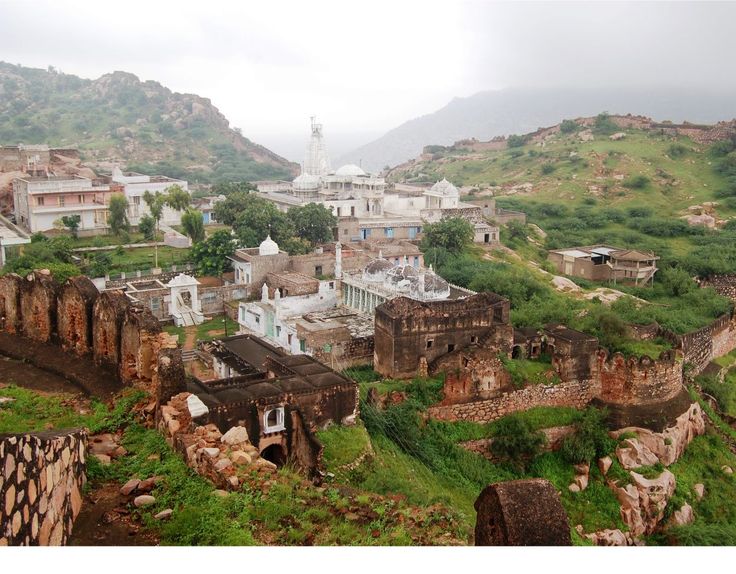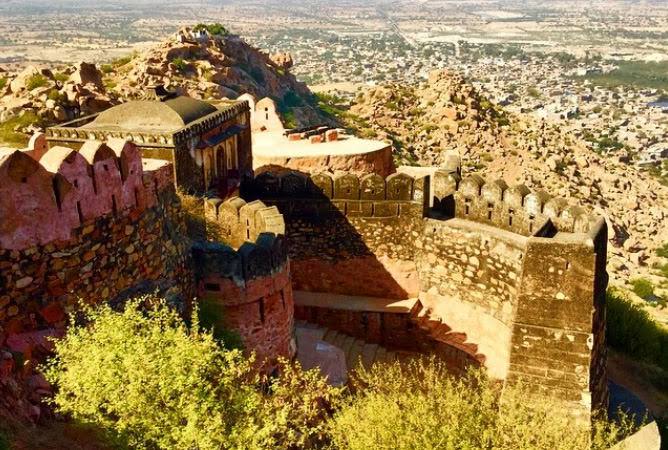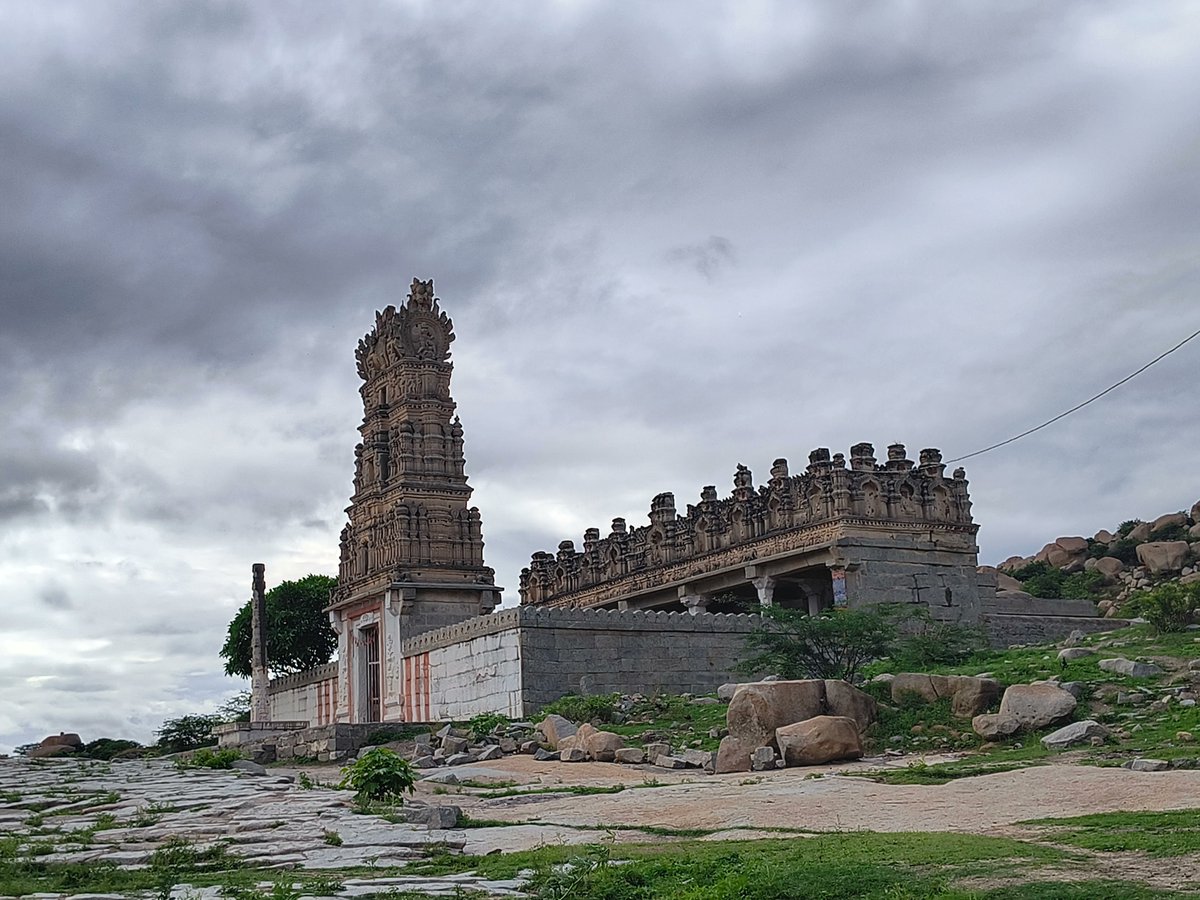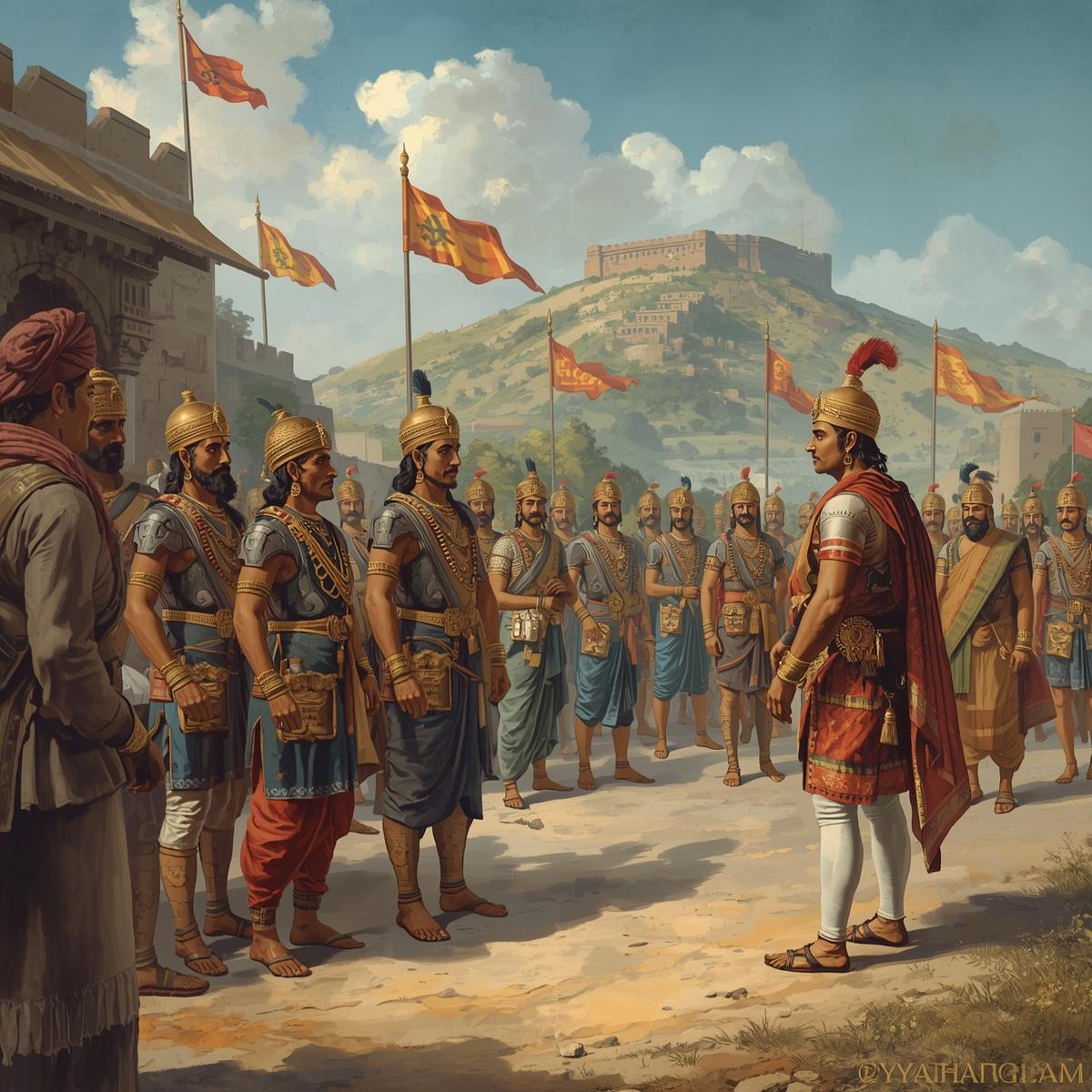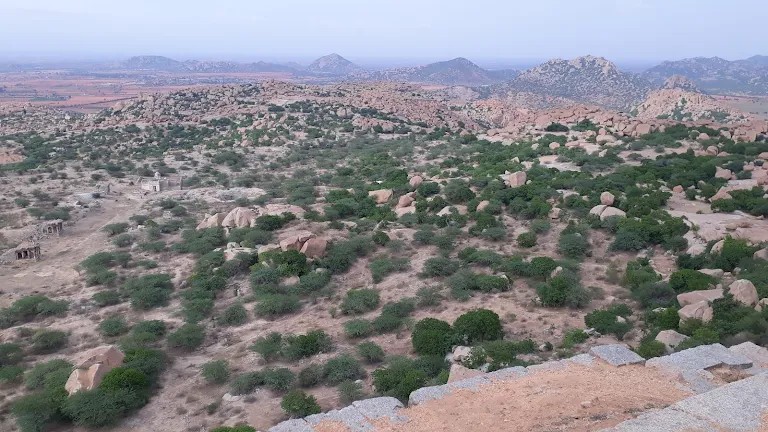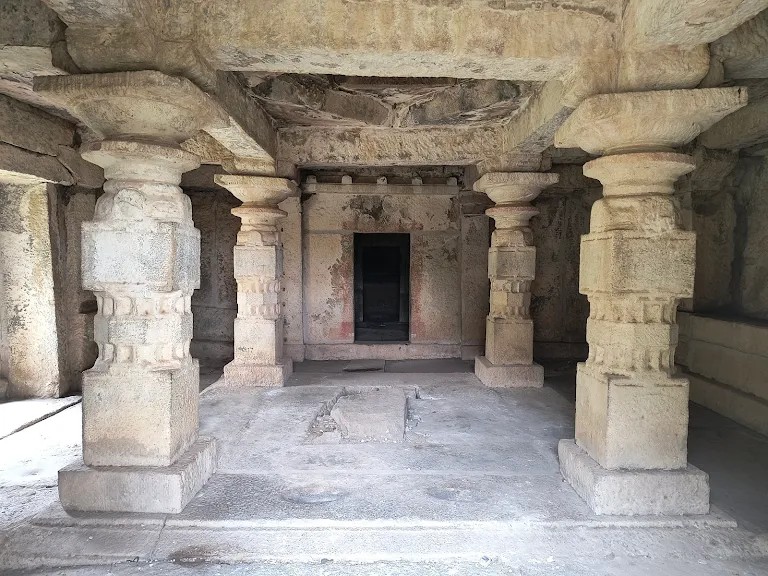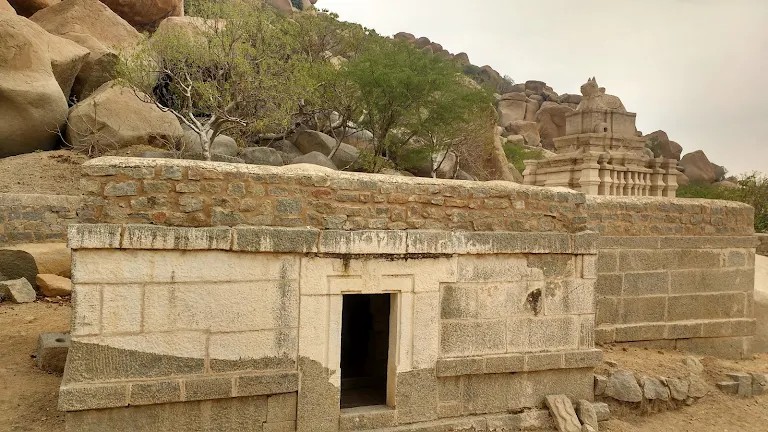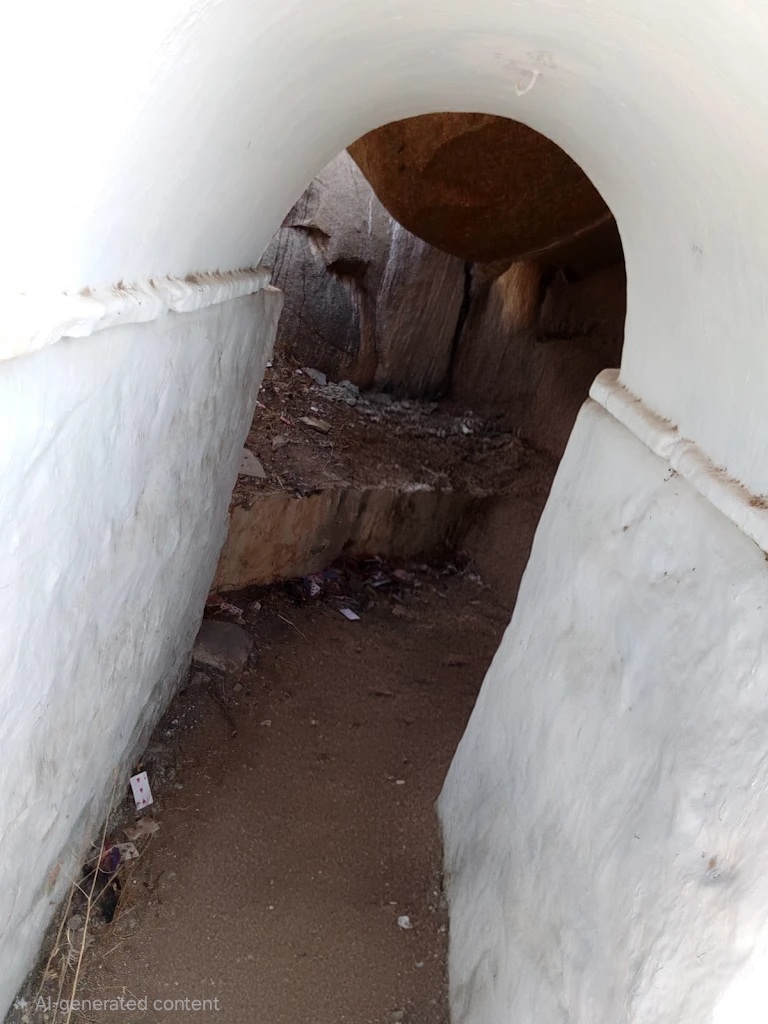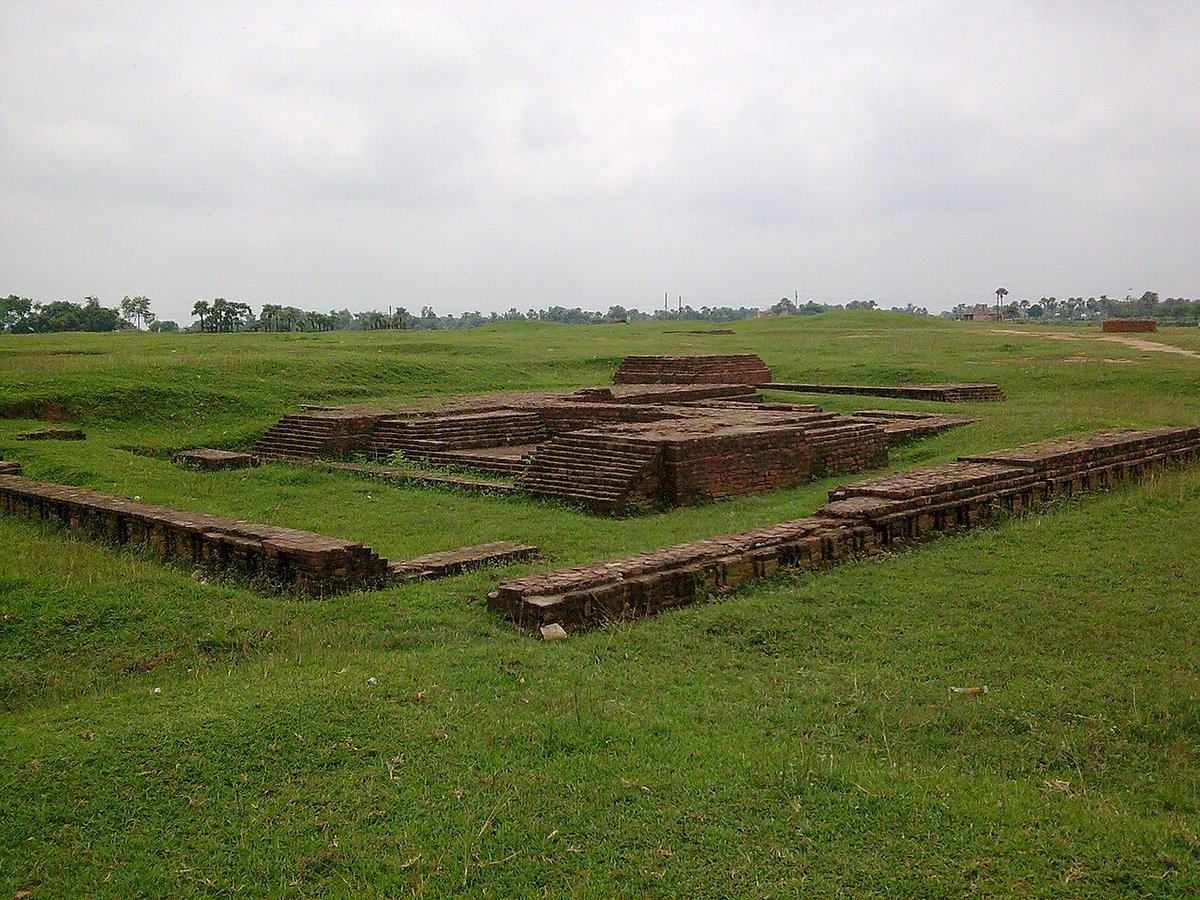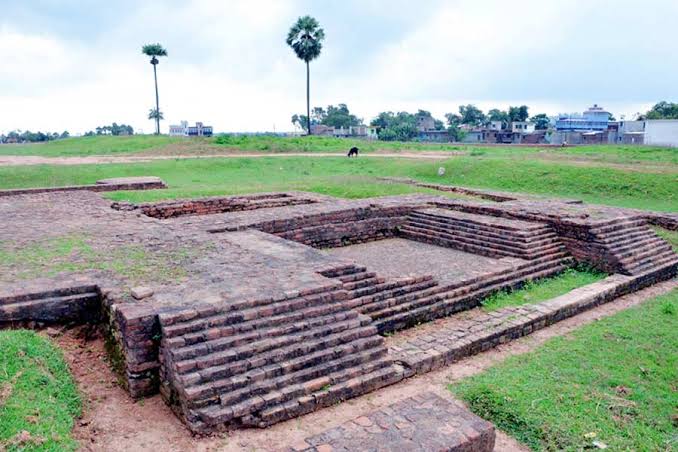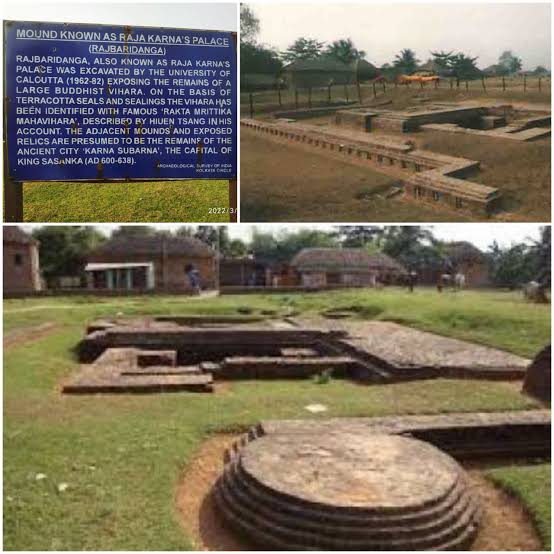'Union of opposites' reduces tensions and improves peace is now proven scientifically.
'Ardhnareshwar' the symbol of Unison of Shiva and Parvati is known and worshipped for 2000+ years throughout India.
#psychology #peace
#1
'Ardhnareshwar' the symbol of Unison of Shiva and Parvati is known and worshipped for 2000+ years throughout India.
#psychology #peace
#1

2400 ybp world was struggling to place #Woman in social hierarchy.
The woman were considered as Cold and Child Producing Machine. While, Indian Woman enjoyed more than-equal rights in India at the same time.
#2
The woman were considered as Cold and Child Producing Machine. While, Indian Woman enjoyed more than-equal rights in India at the same time.
https://twitter.com/GemsOfINDOLOGY/status/1336291363554471937?t=t2XVZ-AtCoPUcWnZMYm-vw&s=19
#2
The new studies shows an unconscious urge in human for union with opposite Until there is the union, there is tension.
The modern world has come to understand the concept of Ardhnareshwar.
The matching of opposites produces the true rhythm of life. ncbi.nlm.nih.gov/pmc/articles/P….
#3
The modern world has come to understand the concept of Ardhnareshwar.
The matching of opposites produces the true rhythm of life. ncbi.nlm.nih.gov/pmc/articles/P….
#3

Chola dynasty bronze, 11th century CE: the god Śiva in the form of Ardhnareshwar (half Śiva, half Pārvatī, his wife)
#9
#9

• • •
Missing some Tweet in this thread? You can try to
force a refresh

















